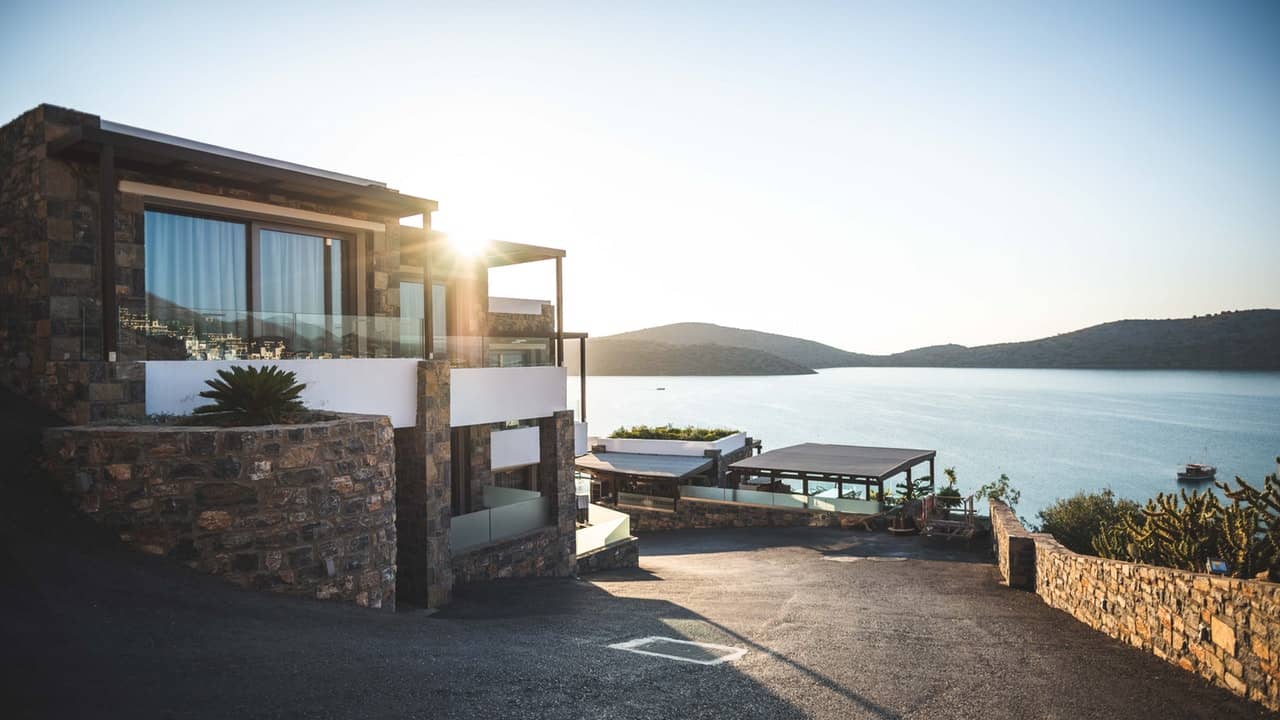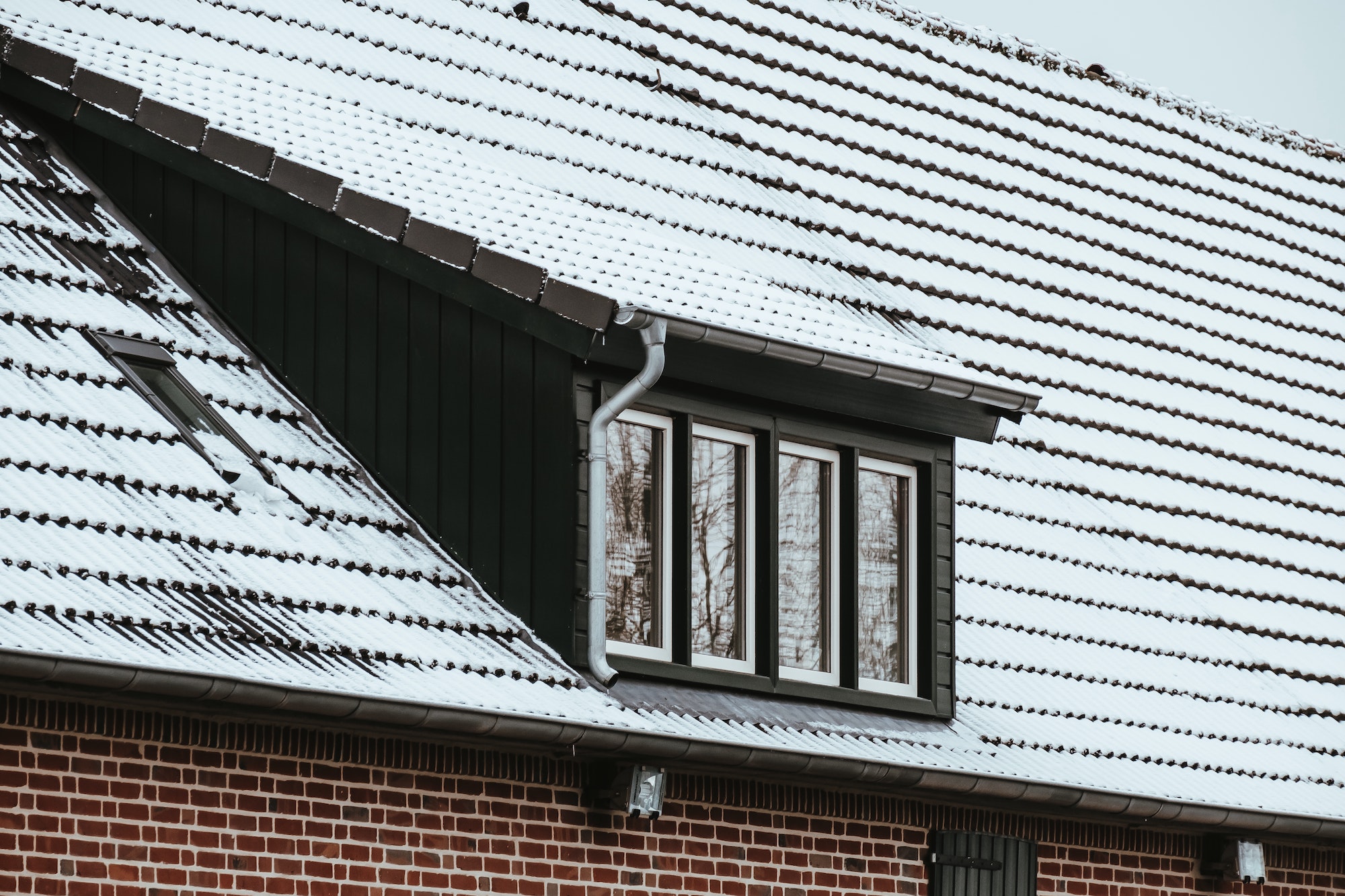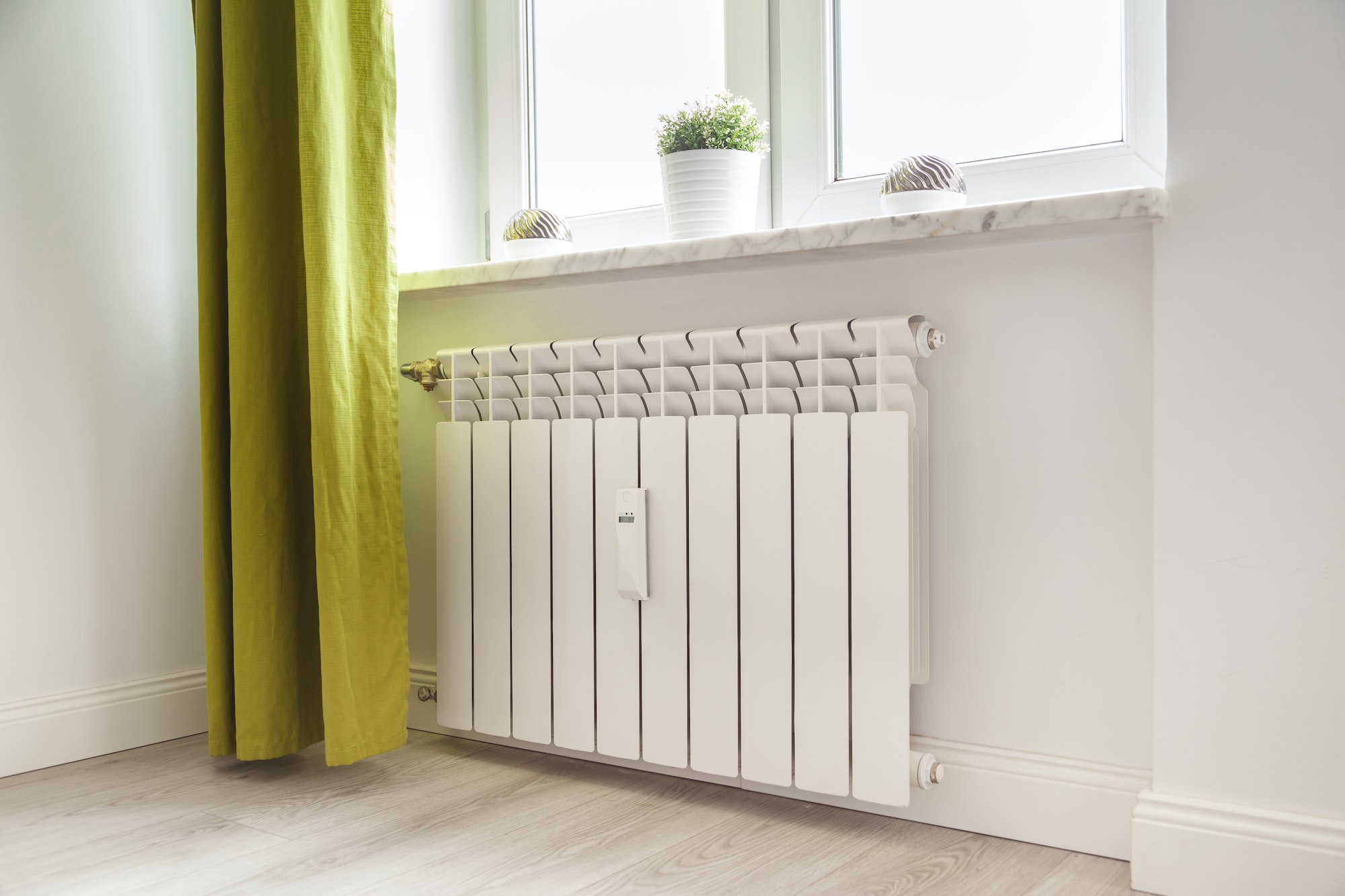Landlords face liabilities each time they rent out properties to tenants. Several variables come into play when choosing the best insurance policies for protecting the landlord or property owner. The first step is to identify all liabilities associated with the property according to its type. Landlords manage single and multiple family properties with their own share of liabilities that present a financial loss to the landlord. When testing potential risks, the 6 things to keep in mind about a landlord’s slip and fall injury liability is a great place to start.
- Where and Why Did the Tenant Fall?
The first obstacle when evaluating a slip and fall injury and liability is to find out where the tenant fell and why. Landlords are responsible for hazards that are found around the property, and the hazards are not considered incidents that the tenant produces themselves. For example, if the tenant decided to go onto the roof on their own accord, the landlord isn’t responsible in most circumstances. However, if the tenant climbed onto the roof to fix or patch the roof because the landlord didn’t fix it, there is a possibility of a liable. For instance, if the roof is leaking into the property, and the landlord has told the tenant numerous times that they’d fix the issue, but the landlord didn’t, it’s a violation of the lease. A tenant who tries to fix the leaking roof on their own presents a risk if a landlord isn’t fulfilling the terms of the lease, and the tenant becomes injured because of the landlord’s failures.
Liability coverage helps landlords protect themselves against these circumstances. Liability coverage might provide enough funds to manage medical requirements for an injured tenant. When reviewing their liabilities, the landlord must take into consideration several variables that could affect a tenant or tenant negatively. Larger properties with more amenities increase the liabilities for the landlord and might increase the rate of accidents. Risk assessments help landlords determine what liabilities relate to their property. Landlords who want to review the insurance policies and their restrictions visit garrity-insurance.com for more details now.
- Knowledge of a Hazard Outside the Property
Knowledge of a hazard outside the property makes a landlord liable for any tenant-related injuries that happen because of the hazard. It is recommended that all landlords conduct inspections around the property for potential hazards frequently to reduce liabilities. More frequent inspections are necessary for multi-family properties, such as apartment complexes, condos, and trailer parks. Maintenance workers and groundskeepers assist landlords and property managers review the property for hazards.
If a legal claim is filed against the landlord, it is necessary for the tenant to prove that the landlord knew about the hazards and failed to react. The location of the hazard must suggest that the landlord couldn’t have been unaware of the hazard since it’s clearly visible and where the landlord could see it during an inspection. However, the tenant doesn’t have a case if the landlord placed warning sizes around the hazard warning tenants of the dangers, and the tenant ignored the warnings.
- Knowledge of a Hazard Inside the Property
Knowledge of a hazard inside the property also makes the landlord liable for tenant-related injuries. The issue here is that landlords cannot conduct inspections of the property unless inspections are specified in the rental lease. When allowed, the landlord must schedule a time with the tenant that is convenient for the tenant. Typically, tenants clean up the property and remove unsavory conditions that could cause an accident. Under the circumstances, the landlord isn’t liable for conditions that are caused by the tenant.
The landlord is liable for conditions inside the property if the hazard was caused by the landlord’s failures. For example, if the ceiling leaks and the tenant falls because of rainwater on the flooring, the landlord is liable. However, under the conditions, the tenant is required to report structural damage or request repairs. If the tenant doesn’t notify the landlord about the leaking ceiling, the landlord could avoid a legal claim for a personal injury caused by the unreported leak.
- The Exact Terms of the Lease
The exact terms of the lease define what party is responsible for specific repairs and where liabilities lie. For example, most rental property leases require the tenant to purchase renter’s insurance to cover any liabilities related to the tenant’s belongings and any damage caused by the tenant or their pets. The terms of the lease explain the steps for requesting maintenance and stress why tenants shouldn’t attempt to repair any systems inside the property. Some landlords include clauses just in case that state if the tenant attempts to complete any repairs or participate in any risky behaviors that the tenant cannot hold the landlord liable for any injuries.
Common areas, such as swimming pools, hot tubs, and fitness centers present some risks to tenants, too. It is paramount for the landlord to maintain these installations and prevent accidents because of structural damage and electrical hazards. Most multi-family rental properties present leases with clauses that explain that the tenants are using the installations at their own risk. Larger complexes might provide lifeguards
- Who Caused the Hazard?
How the hazard was caused defines what party is responsible for removing or managing it. For example, landlords with properties in regions where heavy snowfall occurs more frequently might offer snow removal in the mornings. If a tenant slips and falls because of snow that should’ve been removed, the landlord is liable for the tenant’s injuries and consequential medical treatment. If the snow removal services aren’t included, the landlord isn’t responsible.
Single-family properties are managed by the landlord if structural damage occurs, or if the tenant faces issues with electrical, plumbing, or HVAC systems. This includes mitigating the risk of trees that could reach a power or utility line. If tenants are injured by utility lines that fell because of trees on the property, the landlord is liable for all injuries and medical costs. If the tenant dies as a result of their injuries, the tenant’s family might have a wrongful death lawsuit against the property owner because of negligence.
A court could deem the landlord negligent for failing to trim the tree on the property and preventing utility line damage. Fires, electrocution, and electrical shock are common occurrences related to damaged or broken utility lines. Landlords face the full cost of medical expenses, lost wages, and lifelong wages for tenants who die. It is the responsibility of the landlord to keep conditions around the property safe, and utility lines must never collide with any trees or landscaping on the property.
- Calculating Potential Risks and Finding the Right Policy
Calculating potential risks and finding the right policies helps landlords find the best insurance to protect them against tenant-related liabilities. An insurer can help the landlord conduct risk assessments and determine what risks are more likely for each of their properties. Adequate coverage prevents the landlord from facing serious financial risks.
The type of rental property defines the risks initially. A single-family property requires risk mitigation for one family, and typically, the properties don’t have many outdoor features that present a risk. However, if the property offers an on-site swimming pool, the landlord must consider the risks associated with the swimming pool. For example, the property needs railing and a gate to prevent small children from entering the pool undetected by their parents. Doors leading to the pool need adequate locks that stop small children from exiting the property without permission. Safety features are required for any residential property that has these amenities and is rented to a family with small children.
Multiple family properties, such as apartment complexes require the landlord to hire a staff to assist them in maintaining all common areas and each unit properly. It is an ongoing process to find and eliminate hazards around the units and common spaces were tenants are allowed to go. If the landlord allows pets, it is vital for them to require additional insurance in the rental lease to cover the cost of any injuries that occur because of the animals. Without renter’s insurance, the pet owner isn’t liable directly for pet-related injuries. The landlord is.
Landlords must provide tenants with a safer place to live and prevent possible liabilities that lead to slip and fall injuries. The property type defines how many liabilities the landlord faces. Single-family rental properties don’t present as many potential hazards as multiple family homes. It is easier for landlords to mitigate risks easier for the single-family property since it is only one family. Multiple home properties have common areas accessible to more tenants and increase risks. The landlord needs a staff to manage the multiple family property and mitigate risks on a more ongoing basis. When reviewing insurance policies, it is vital for the property owner or landlord to consider each of these risks when purchasing liability coverage. Covering more liabilities protects the landlord more fully.
Discover more from Futurist Architecture
Subscribe to get the latest posts sent to your email.




